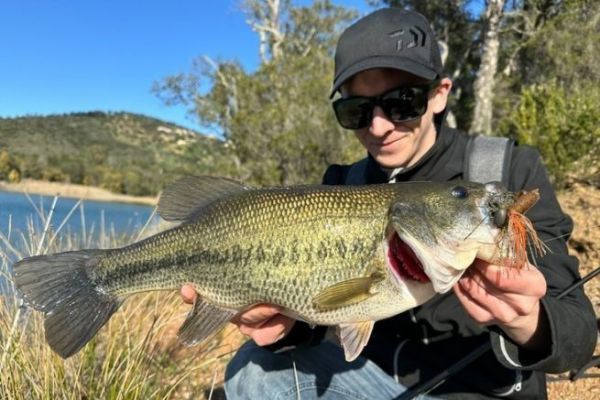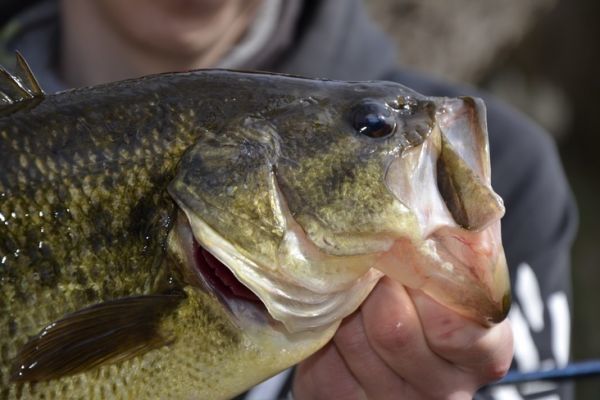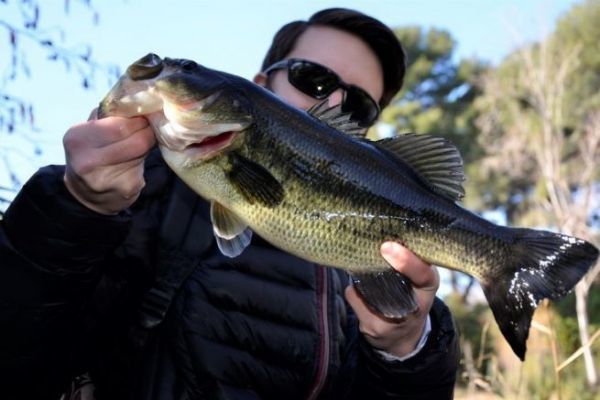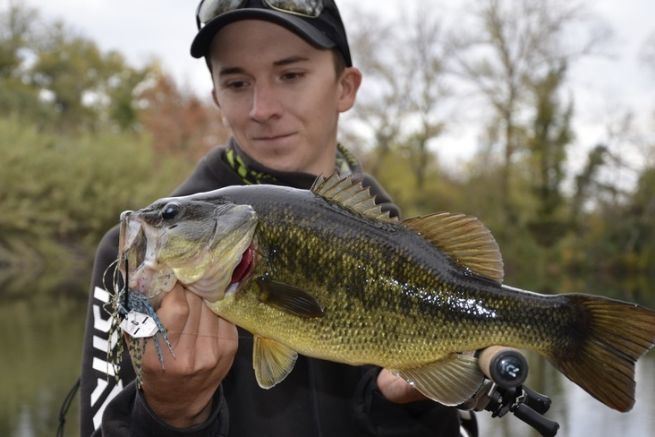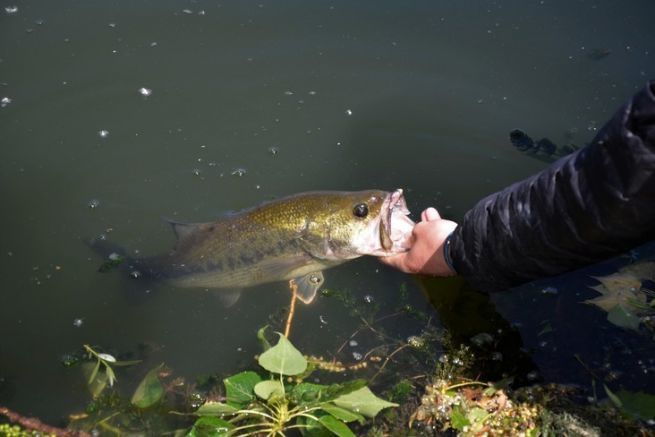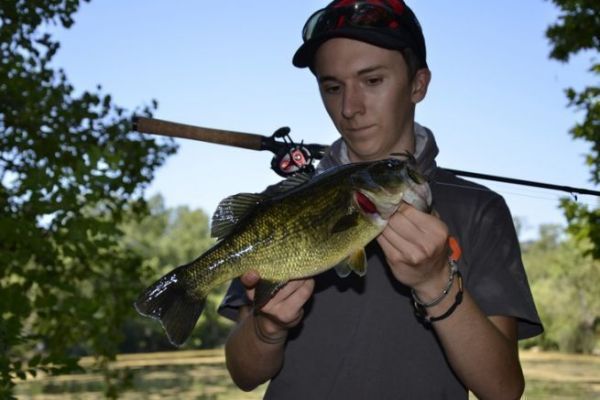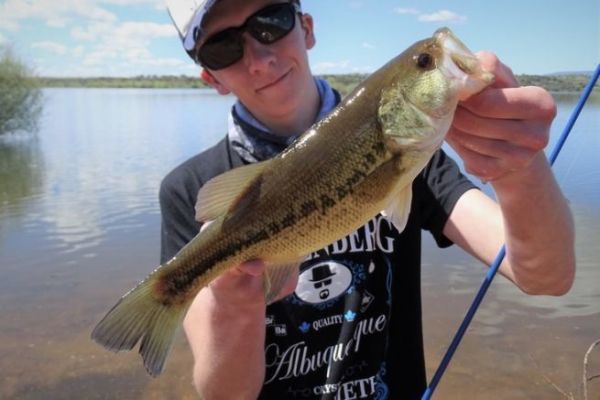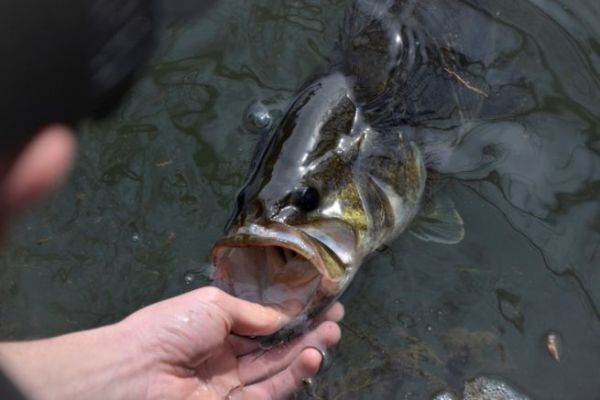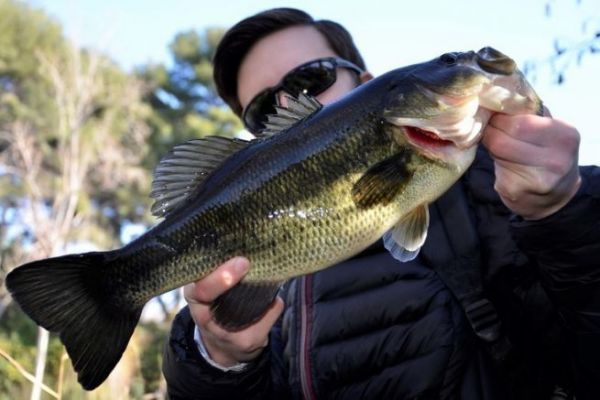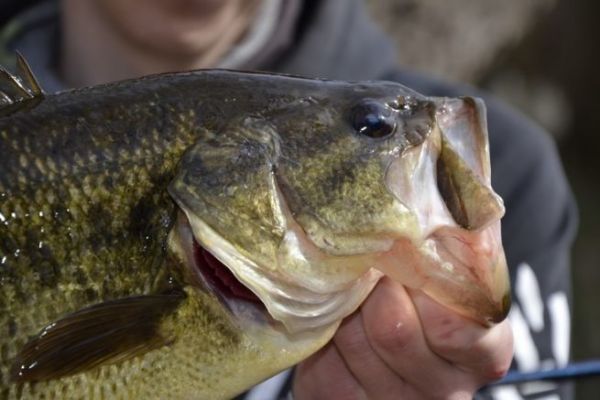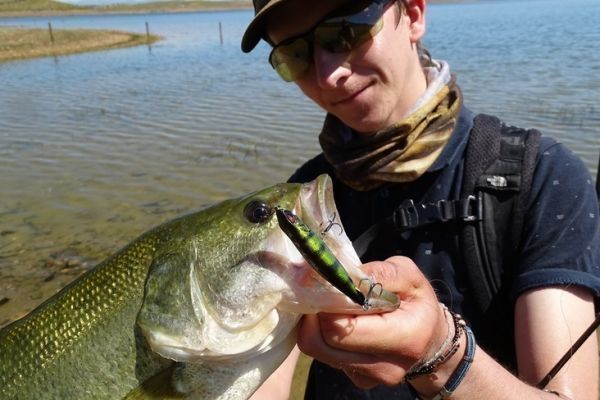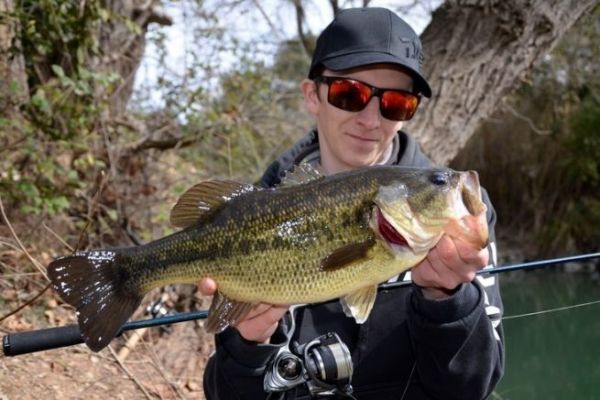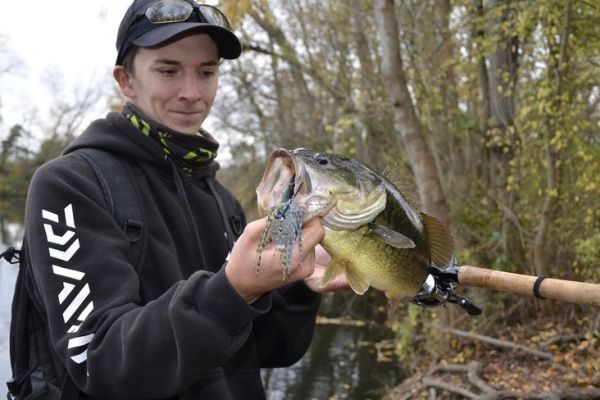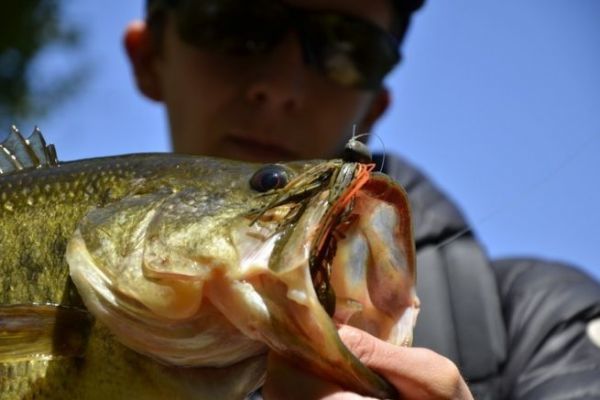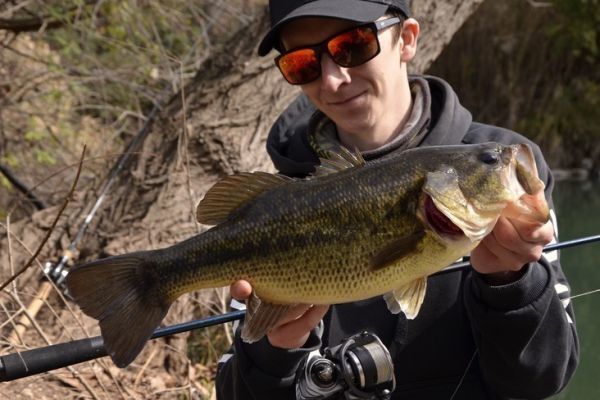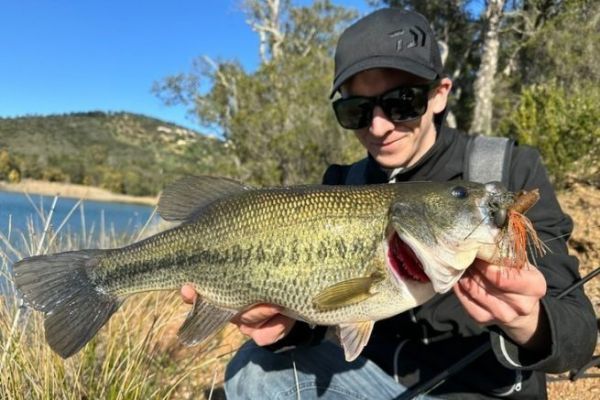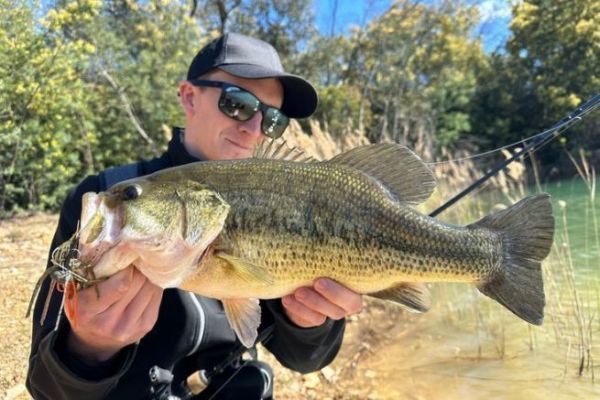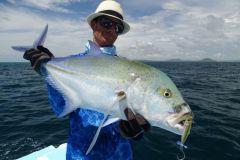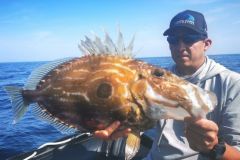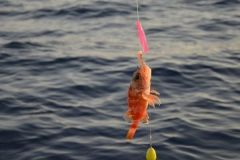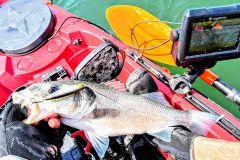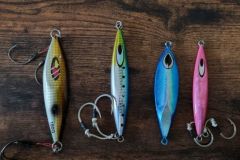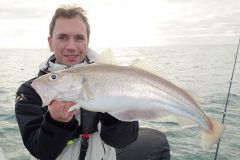What is flipping?
The principle of flipping may seem a little confusing at first, since you're fishing a distance of less than 2 metres on each cast. The aim is to cast our rubber jig close to a structure, natural or man-made, and let it drop down with the line taut. Once the jig has touched the bottom, we perform one or two animations, pulling our lure slightly along the bottom, before bringing it back at full speed to cast again. For each position, you can make several casts, from different angles and more or less close to the obstacle.
This technique is very often used in the USA during boat competitions, but it can also be practised from shore. The aim of this technique is to dislodge fish sheltered in an obstacle, while fishing without wasting time animating all along your retrieve. Generally speaking, flipping is practised when you know more or less where the fish are.
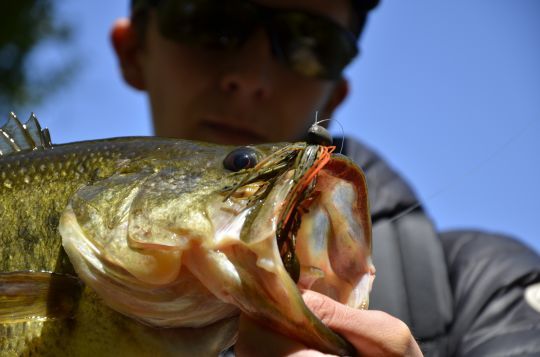
Rubbers jigs and trailers to use
There are several ways of looking at flipping. You can use heavy rubber jigs, up to 21 grams, to feel the jig hit the bottom and pass through thick cover. But you can also use a light rubber jig which will have a gliding effect when let down in the middle of the obstacle. Generally speaking, beginners are advised to start with heavy jigs for a better feel.
However, you'll need to practise putting the rubber jig down gently without it making a big splash when it hits the surface. The aim is to remain relatively unobtrusive, especially if you're targeting large, generally educated fish. As far as trailers are concerned, I highly recommend creature and crayfish imitations. The most important thing is that the appendages undulate on descent to trigger attacks.
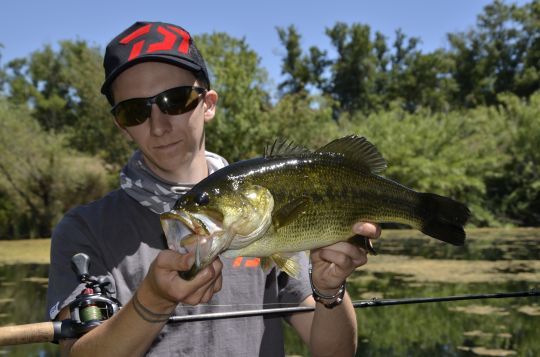
A few tips
When you start flipping bass, you're often faced with big fish hidden in a large cover. That's why it's vital to be equipped with solid tackle capable of extracting the fish, but above all of biting them when striking. The brush on rubber jigs is often thick, limiting the chances of hooking, but also of stinging fish on a poor strike. You can, of course, trim a few strands if your spots don't hook too well.
Choose a short but powerful rod and reel fitted with thick braid. The diameter of the leader varies according to the clarity of the water and the risk of breakage, from 26 to 40 hundredths depending on conditions. Don't hesitate to use this technique on any type of obstacle, be it a branch, lily pad, rock break or even a pontoon.

 /
/ 